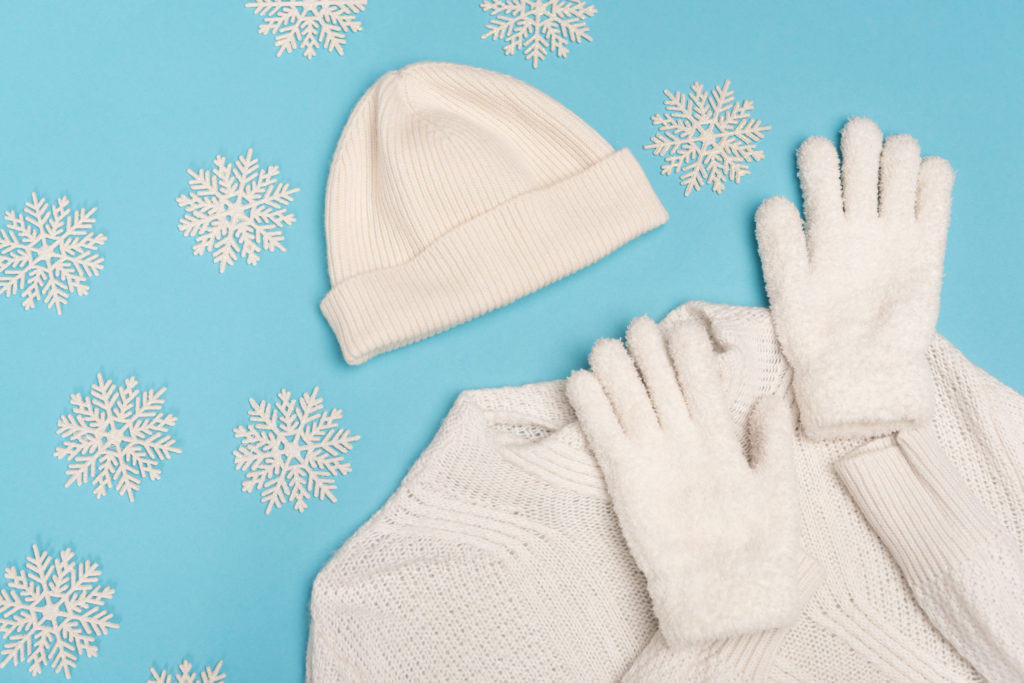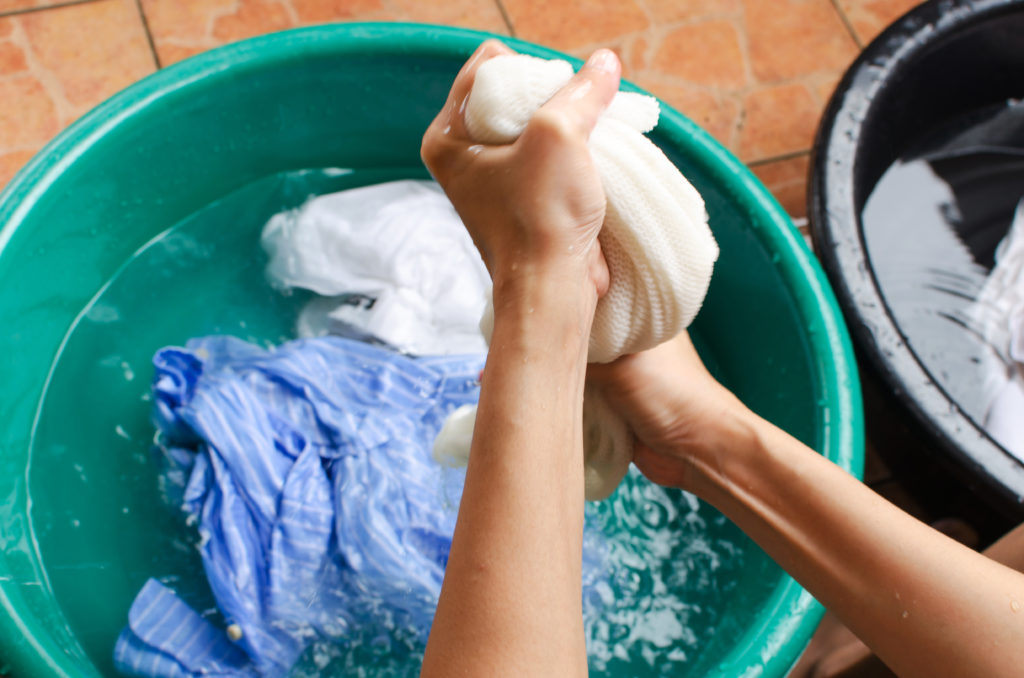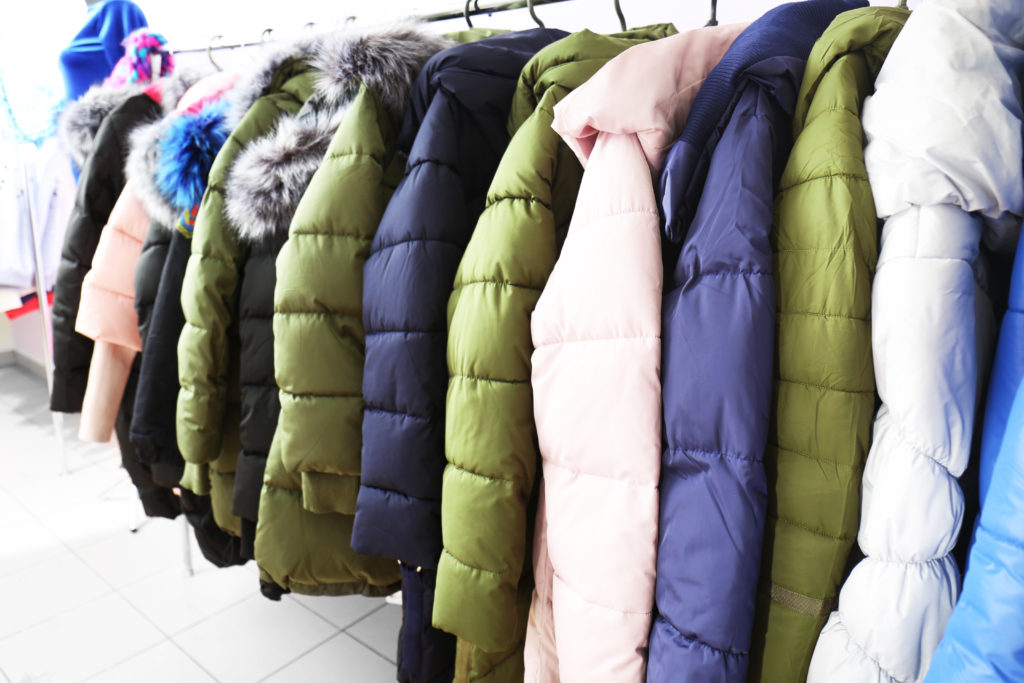- Uncategorized
- 02.03.2021
Tips To Enjoy A Coined Laundromat
When you don’t have the luxury of owning a washing machine, coined laundromats can be a lifesaver. You can wash large loads of laundry efficiently and at an affordable price. The machines at a coined laundromat operate just like regular washing machines and dryers; the only difference is that these machines are in a public place, and many people use them.
Here are some valuable things to do when using a coined laundromat to ensure a smooth experience for yourself and other users.
Choose an Off-Peak Hour. If you have large loads of clothes, it’s best to go to a laundromat at an off-peak hour. You will save time because you can use many washers at once. Evenings after work and weekends are the busiest times because most people are free then. Therefore, schedule your visits in the morning or midafternoon. The laundromat near you may offer some Wash & Fold services for your laundry, allowing you to drop off your laundry in the morning and pick it up after work.
Check the Machine Before Using it. Since many people use laundromats, you should always check the machine before you put your clothes in. The person before you could have used bleach, which could damage your dark clothes, or may have used a detergent with compounds you are allergic to. It’s best to wipe the machine clean with a paper towel to remove any lingering chemicals and carefully check detergent compartments to make sure they are empty. Remember also to check the settings of the device. The previous user could have switched the settings to a different size or temperature than you need.
Use the Right Amount of Detergent. Some people believe that clothes will be cleaner if you use more detergent. But using excessive detergent can damage the machine and dramatically increase the chances that soap residue or bleach will remain in the washer. The excessive detergent will affect the next user: leftover bleach can damage their garments, chemical compounds can cause an allergic reaction, and other ingredients may unfavorably alter their detergent of choice. Check the detergent bottle to find out the directed amount of soap that you should use.
Leave the Lid Open When Done. Leaving the lid open will signal other users that the machine is now available for use. This gesture will help save time because the queue will move forward faster and more smoothly, especially during peak hours.
Wait for a Few Minutes before Removing another Person’s Laundry. Some people leave their laundry in the machine and go out to run other errands. It is frustrating when the user ahead of you does not remove their laundry promptly once their laundry is clean. You can offer the absent user a grace period of ten minutes. If the user is not back after ten minutes, remove the laundry and neatly place it on a clean table or talk to the facility operator.
Bring a Roll of Quarters. Most laundromats stock their change machines with quarters but it’s a good idea to bring a roll of quarters just in case. You don’t want to haul in your laundry, load the machine, and add detergent only to discover that the changer is out of order. You may end up spending more time at the laundromat than you expected.
Follow these tips that we recommend to our customers at MrLaundromat and let us know other tips you may know about.






